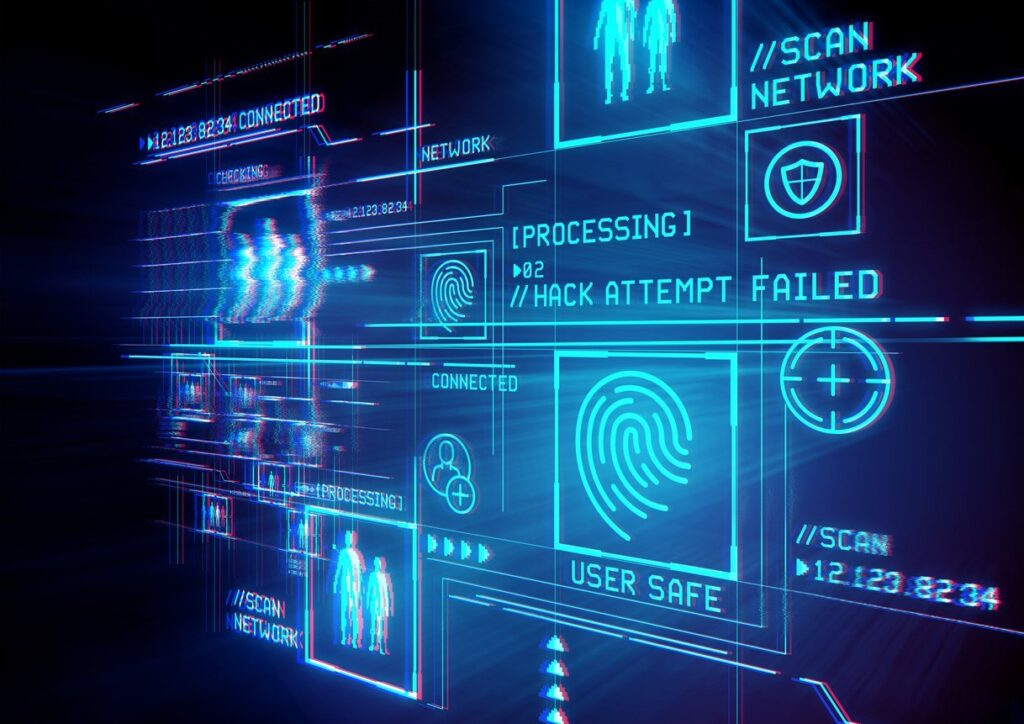The first thing the word solar panel makes people visualize is these metallic structures covered in some sort of polymer, which gathers sunlight and converts it into energy, and, ideally, contributes to reducing CO2 emissions into the atmosphere. But what we very often fail to ask ourselves is: can those solar panels be dangerous in terms of cyber security? In a world where cybersecurity is increasingly vital, we need to consider this: can solar panels become new victims for cyberattacks?
It becomes even more important to answer this question if we consider the fact that more and more people are using solar energy. According to ExpressVPN, in 2023, the global adoption of renewable power systems boosted by 50 percent as Solar prevailed as the contributor to 75 percent of the expansion. Having lifted the solar industry to a global vanguard position, China connected more photovoltaic power stations in 2023 than the whole world did in 2022; China boosted its solar generation by an astounding 66%. As solar energy is being endorsed by users and environmentalists as a better and more effective form of power than fossil fuels, it is imperative to consider the security threats more and more.
The Major Challenges of Solar Cybersecurity
For years, the cyber-risk associated with solar was minimal due to its limited use and simpler technology. Now that solar adoption has surged and digital transformation has quickened, more components are interconnected — making them far easier to hack.
In reality, solar operations are consistently at risk of breaches, no matter how robust their defenses are. Hacks and infiltrations are bound to happen when human error and security gaps exist. Unfortunately, the likelihood of successful attacks is higher than it ought to be.
An increasing number of solar photovoltaic inverters — devices that change the direct current from solar panels into a usable alternating current — are becoming part of the Internet of Things (IoT). This constant connectivity makes them more susceptible to cyber threats.
A single inverter can distribute malware across an entire solar array, even if it’s not an IoT device. If an employee plugs in a compromised USB or falls for a phishing scam, the initial infection can spread as long as the components remain connected. Inverters aren’t the only components with weak security. Many supervisory control and data acquisition (SCADA) systems—networks used to supervise equipment—are riddled with both physical and cyber vulnerabilities.
The U.S. Cybersecurity and Infrastructure Security Agency highlights that SCADA systems are exposed to a critical flaw that allows hackers to create, overwrite, or delete files without proper authentication or authorization. Unfortunately, the operational technology (OT) that solar infrastructure depends on is plagued by many well-known—and mostly unaddressed—weaknesses.

Beyond that, solar infrastructure is prone to ransomware and DDoS attacks since it offers critical services and is often managed by government or municipal organizations. Hackers frequently target it due to the potential for a significant payout.
Though cybersecurity threats are becoming more prevalent, it’s crucial to consider these alongside the various advantages and a few drawbacks of embracing solar energy.
What are the pros and cons of solar energy?
Pros
Renewability. Simply put, solar energy is virtually endless. The International Renewable Energy Agency (IRENA) reports that the Earth constantly receives 10,000 times more energy from the sun than the global demand. Additionally, solar power doesn’t deplete any natural resources, ensuring lasting energy security.
Low maintenance costs. After installation, PV panels need minimal upkeep. The components are fairly robust, with solar panels lasting 20 to 30 years and inverters between 5-10 years. The primary maintenance task involves cleaning the panels a few times annually, depending on local conditions.
Energy independence and lowering electricity costs. The recent socio-economic shifts and post-pandemic economic recovery have led to a rise in global electricity prices. In response, some governments are investing more in solar energy and urging private users and businesses to apply for state-backed energy funds to reduce reliance on imported fossil fuels. A few nations already have well-established solar infrastructure, helping them to lessen their exposure to energy market instability.
Environmental benefits. Solar energy generation produces no harmful emissions, though manufacturing solar panels does consume energy that causes pollution—however, this is still far less carbon output compared to coal and natural gas over their respective lifespans. The solar sector estimates that electricity from PV solar panels emits 20 times less CO2 than coal and 12 times less than natural gas-powered electricity.
Cons
Not entirely weather-resistant. Solar panels are also prone to various vices such as damages caused by snow, hail, and strong wind. The costs would increase, efficiency would reduce and there is the possibility of service interruptions to electricity generation due to regular repairs and replacement.
Reliance on the power grid.” Distributed electrical network systems are of paramount importance in every society. Unfortunately, older grids are not compatible with solar networks and as a result, energy gathered from the solar panels may not have an outlet.
Dependence on sunlight conditions. They are dependent on light, hence they are known to produce more electricity during the day and considerably less at night. These changes can cause variations in the grid stability, and hence result in blackouts, and other related power failures.
High initial costs and a relatively long pay-back period. The production cost of a solar PV system is often high at the onset. Even with the recent price reductions, it still presents a challenge to most homeowners and business entities. Also, the control for the payback period, which is the time required by the PV system needed to generate enough revenues to recoup the costs of its installation, may also take 7 to 20 years depending on size and extremities of the system.
Final Words
While the benefits of solar energy are clear, it’s crucial to address the cybersecurity risks associated with its growing adoption. As we harness the sun’s power, we must also fortify these systems against evolving cyber threats to ensure they remain a safe and sustainable energy solution.


